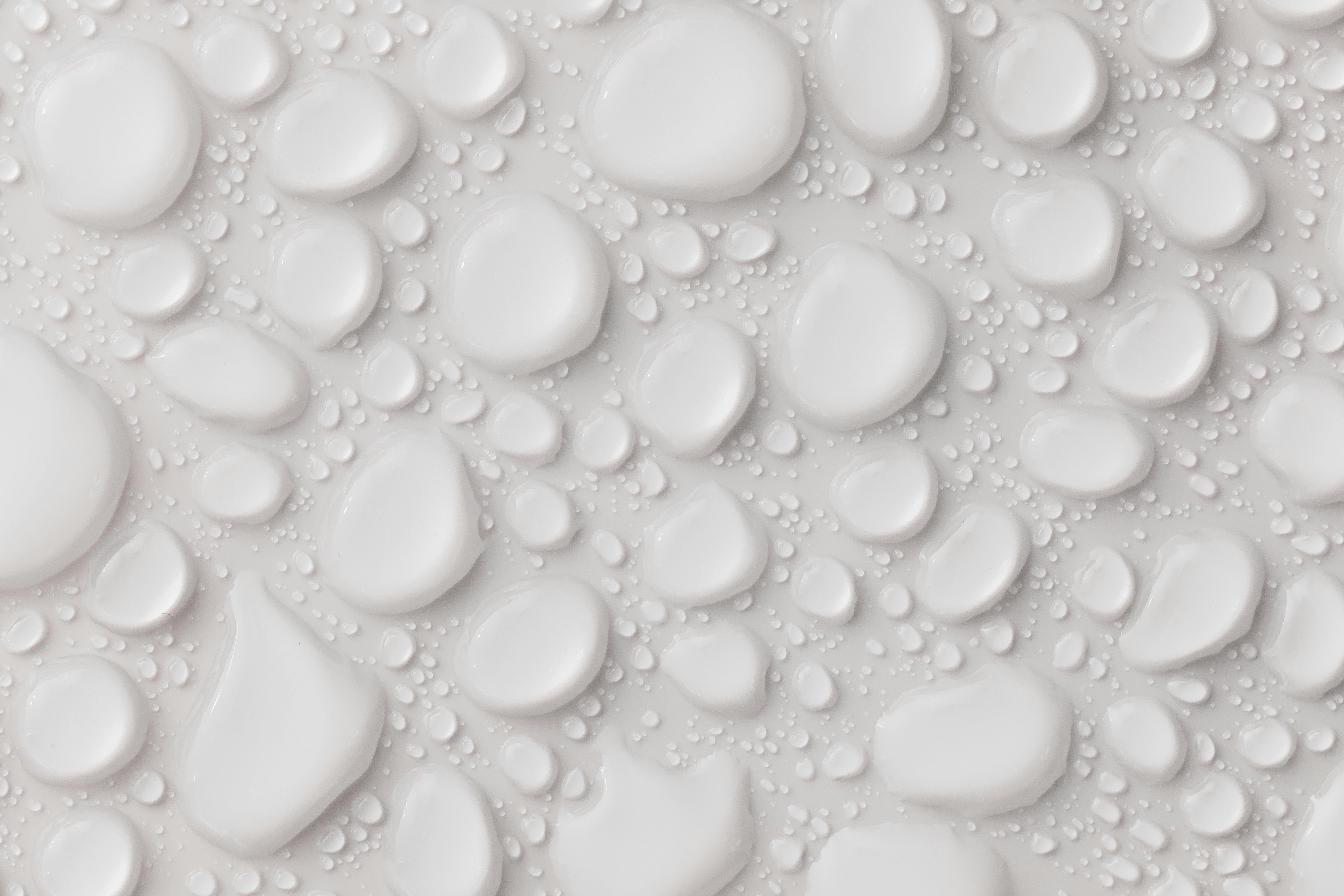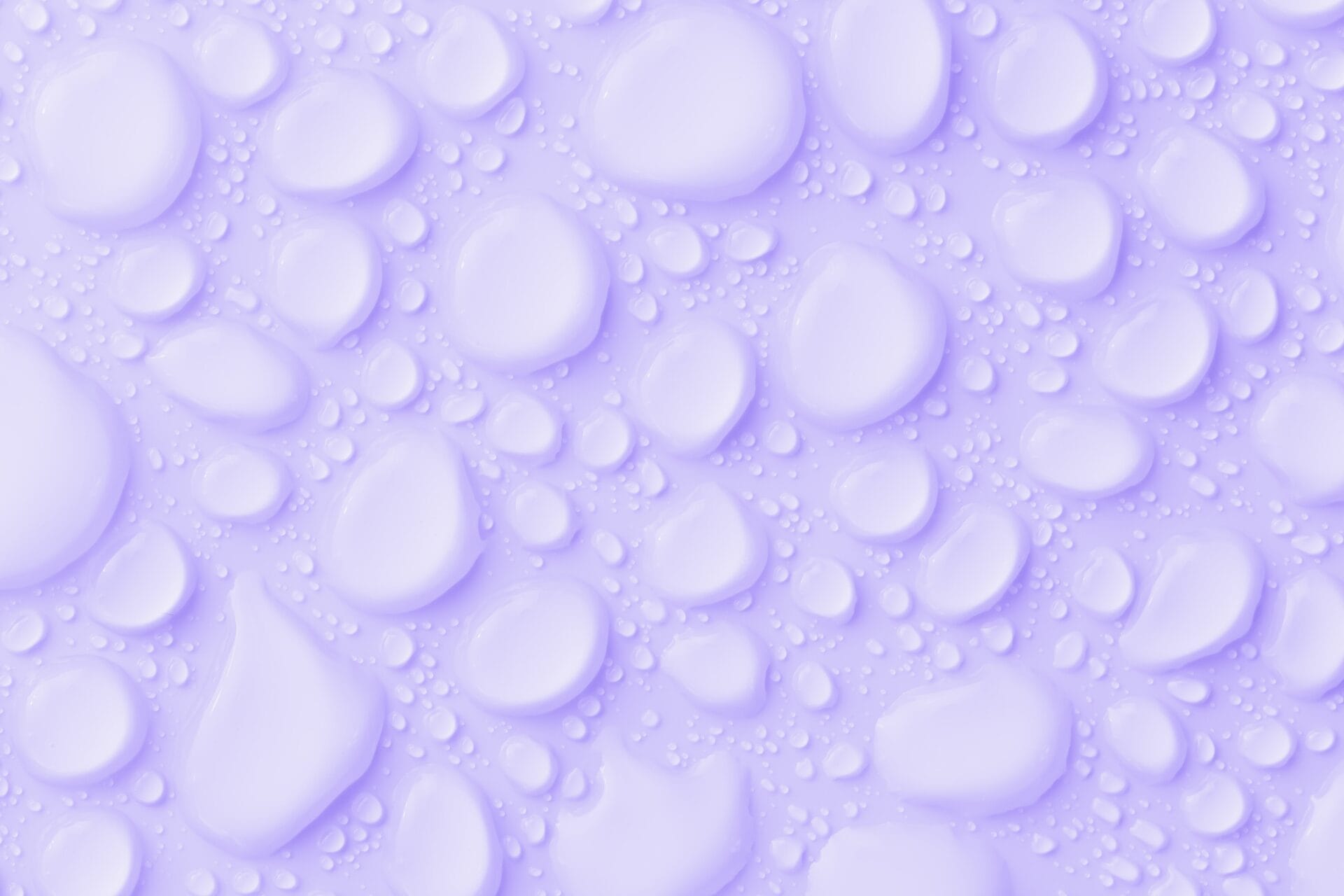When water leaks occur in our homes, it can cause a lot of damage and leave us with a mess to clean up. One of the biggest challenges is drying out cabinets that have been exposed to water. This article will provide helpful tips on how to dry cabinets after a water leak in order to prevent further damage and ensure the longevity of your cabinetry.Identifying a water leak in cabinets can be done by inspecting the cabinet and its surroundings for signs of water damage. Look for discoloration or discolored spots on the wood or material of the cabinet, as well as any warping or bubbling of the surface. Additionally, look for signs of water damage on surrounding walls, floors, and other nearby cabinets. If there is a musty smell coming from within the cabinet, there may be mold present due to a water leak. Finally, check all pipes that go into and out of the cabinet and look for any leaking joints or connections.
Assessing the Damage Caused by a Water Leak in Cabinets
When assessing the damage caused by a water leak in cabinets, it is important to identify the source of the leak. In many cases, a plumbing leak or an appliance malfunction may be responsible for the water damage in cabinets. If possible, turn off the water and locate the source of the leak. If this is not possible, it may be necessary to call a plumber or an appliance repair technician in order to address the issue.
Once the source of the leak has been identified and addressed, it is then important to assess any damage that has been caused by the water. This may include checking for signs of mold or mildew as these can be indicative of long-term water damage. Additionally, inspect any wood structures that have been exposed to moisture as they may require repairs or replacement due to warping or rot.
In addition to assessing structural damage, it is also important to consider any potential health risks posed by mold or mildew growth due to standing water. If there are any concerns regarding air quality or potential health risks, it is best to consult an expert on how best to clean and disinfect affected areas.
Finally, take steps to prevent future leaks from causing similar issues in your cabinets. This could include ensuring that plumbing fixtures are maintained properly and that all appliances have been installed correctly with no signs of leaking. Taking preventative steps can help minimize future damage caused by water leaks in cabinets.
Cleaning Up After a Water Leak in Cabinets
If your home has recently experienced a water leak in the cabinets, it’s important to take the necessary steps to clean and repair the damage. Water can cause irreparable damage to wood and other materials, so it’s essential to act quickly and effectively. Here are some tips for cleaning up after a water leak in cabinets:
First of all, remove all items from the affected area. This includes any furniture or appliances that have been exposed to moisture. Be sure to check inside cupboards and drawers for any items that may have become wet as well.
Next, mop up any standing water with a towel or cloth. You may need to use multiple towels or cloths if there is a lot of standing water. Remove as much of the moisture as possible from both the surface and inside of the cabinet.
Once you have removed all excess moisture, it is time to start cleaning the area with an appropriate cleaner. Depending on what type of material your cabinets are made out of, you’ll need to use an appropriate cleaner that won’t damage them further. For example, wood cleaners work best on wooden cabinets while tile cleaners work best on tiled surfaces. Make sure you read all instructions carefully before using any cleaner and test it on an inconspicuous part of the cabinet first before using it on a larger area.
When you have finished cleaning the affected area, make sure to thoroughly dry it with a towel or cloth. Moisture can cause mold and mildew growth which can further compromise your cabinets’ structural integrity if left unchecked. If necessary, use a fan to help speed up drying time as well as open windows if possible for ventilation purposes.
Finally, once everything is completely dry you can begin making repairs or replacing parts of your cabinet that may have been damaged by the water leak. If you are unsure how best to do this, consult a professional for assistance in making sure that everything is properly repaired so that your cabinets will be safe and secure again soon!
Step 1: Stop the Water Leak
The first step to drying out cabinets after a water leak is to stop the water leak. This may require turning off the water supply to the house, repairing or replacing the plumbing, or identifying and fixing any other source of water that is causing the cabinets to become wet. Once the source of the leak has been identified and stopped, it is important to take action quickly in order to prevent further damage.
Step 2: Remove Excess Water
Once the water leak has been stopped, it will be necessary to remove any excess water from the cabinets. This can be done by using a wet/dry vacuum cleaner or a mop and bucket. It is important to get as much of the standing water out as possible in order to minimize further damage.
Step 3: Dry Out Affected Areas
Once all of the excess water has been removed from the affected areas, it is important to dry out those areas as quickly as possible. This can be done by using fans and dehumidifiers in order to speed up evaporation. The use of dehumidifiers will also help reduce moisture levels inside of the home, which can prevent mold growth.
Step 4: Clean Cabinets
After all affected areas have been dried out, it is important to clean any residue that may have been left behind by the water leak. This should be done with a mild detergent and warm water in order to remove any dirt or grime that may have accumulated during the leak. It is also important to ensure that all surfaces are completely dry before putting anything back into them.
Step 5: Check for Further Damage
Once cleaning has been completed, it will be necessary to check for further damage that may have occurred due to the water leak. This includes checking for any signs of warping or discoloration on wood surfaces, as well as checking for any signs of mold growth or structural damage that may have occurred due to prolonged exposure to moisture. If any signs of further damage are present, professional repair services may be necessary in order to restore cabinets back into their original condition.
Check for Moisture After Drying Out Cabinets
Once you have finished drying out your cabinets, it is important to check for any residual moisture. This will help ensure that your cabinets are completely dry before you start using them. To do this, you can use a moisture meter to measure the moisture levels in the wood. If the readings are still high, you may need to continue drying out the cabinets until they reach an acceptable level.
You can also check for any visible signs of moisture such as water stains or damp patches on the wood. If present, these should be dried out as soon as possible using a dehumidifier or air conditioner. Once all signs of moisture are gone, you can then move on to cleaning and refinishing your cabinets if desired.
It is important to remember that wood is a porous material and can absorb moisture over time if not properly sealed and protected from the elements. Therefore, it is important to regularly check for any signs of moisture in your cabinets and take appropriate action if detected. By doing so, you will be able to keep your cabinets in good condition and extend their lifespan significantly.

Removing Standing Water from Cabinets
Standing water in cabinets can be a major cause of damage to your kitchen and bathroom cabinets. If left unchecked, standing water can lead to mold growth, rotting wood, and other structural issues. Fortunately, removing standing water from cabinets is fairly straightforward. All you need are a few basic tools and supplies, such as a bucket, a sponge, and some cleaning agents. Here is how to get the job done safely and efficiently:
First, empty the cabinet of all its contents. This will make it easier to access the areas where the standing water is located. Once everything has been removed from the cabinet, locate any potential sources of the water. This could include pipes or drains that may be leaking or loose connections that have caused moisture build-up.
Next, use a bucket or mop to remove as much of the standing water as possible. Make sure to mop up any residual moisture that may remain in crevices or corners of the cabinet. Once most of the standing water has been removed, use a sponge and some cleaning agents to thoroughly clean and disinfect all surfaces inside the cabinet.
Once you have finished cleaning up the cabinet interior, allow it to dry completely before putting anything back inside it. This will help ensure that all remaining moisture has evaporated properly so there is no chance of mold or rot developing down the line. If there are still signs of moisture after drying out completely then repeat this process until all traces have been eliminated.
Finally, inspect any pipes or drain connections that may have caused excess moisture buildup in your cabinets in order to prevent future problems from occurring. If necessary, tighten any loose connections or replace any damaged pipes so they are securely fastened in place. Taking these extra steps can help protect your cabinets against further damage due to standing water buildup in the future.
Applying Sealant After Drying Out Cabinets
Once your cabinets have dried out completely, the next step is to apply a sealant to them. This will help protect the wood from moisture, dirt, and other elements. Sealants come in many forms, but the most common type is a polyurethane varnish or lacquer. Make sure you read all directions and safety precautions before beginning this project.
Before applying the sealant, use a tack cloth to remove any remaining dust or debris from the cabinets. Then, using a paintbrush, apply the sealant in thin coats. Start at the back of each cabinet and work your way around until you reach the front. Let each coat dry thoroughly before applying another one. Depending on what type of sealant you are using, it may take up to three coats for full protection.
Once all coats have been applied, make sure to inspect your cabinets for any missed spots or drips that may have occurred during application. If you find any areas that need more coverage, simply apply another coat of sealant in those spots and let it dry before inspecting again.
When applying sealant after drying out cabinets it’s important to take your time and make sure every inch is covered properly so that your cabinetry is fully protected from moisture and other elements. With proper care and maintenance, these cabinets can last for years!
Using Dehumidifiers to Dry Out Cabinets After a Water Leak
When a water leak occurs in your home, it is important to take steps to dry out the affected area as quickly as possible. This is especially true when the leak affects cabinets, as long-term exposure to moisture can cause serious damage. One way to quickly dry out cabinets after a water leak is by using dehumidifiers.
Dehumidifiers work by drawing in humid air and then passing it through a cooling coil. This causes moisture to condense on the coil, which then drains away into the dehumidifier’s collection tank. The now-dry air is then heated and released back into the room, reducing humidity levels. In addition, some dehumidifiers have fans that help draw moist air away from wet surfaces and into the dehumidifier’s intake grille.
When using a dehumidifier to dry out cabinets after a water leak, it is important to select an appropriate size and capacity for the job. For example, if you are dealing with a large area of wet cabinets, you may need multiple smaller dehumidifiers rather than one large one in order to effectively reduce humidity levels in the room.
Once you have selected a suitable dehumidifier for your needs, you should place it near the affected area and turn it on. Then, allow it to run until no more water can be seen in or around the cabinets. You should also open any cabinet doors and drawers that may be affected by the water leak in order to speed up drying time. If necessary, you can also use fans or other airflow devices to help move air around the damp area and promote evaporation of moisture from wet surfaces.
Once your cabinets have been dried out using a dehumidifier, you should inspect them for any signs of damage such as warping or discoloration of wood surfaces as well as mold growth on walls or other interior surfaces of cabinets. If any damage has occurred due to prolonged exposure to moisture, it is important that you take steps to repair or replace affected components before continuing use of your cabinets again.
By taking quick action with a suitable dehumidifier after a water leak has occurred near your cabinets, you can help ensure that only minimal damage occurs and protect both your furniture and home from further harm due to lingering moisture levels in the air.

Conclusion
Drying out a cabinet after a water leak is a fairly straightforward process that requires some patience and effort. The most important thing to do is to remove all the water from the cabinet as soon as possible, either by using a wet/dry vacuum or a mop and bucket. After all the water has been removed, it is important to dry out the inside of the cabinet by using fans, dehumidifiers, or heaters. If mold or mildew has begun to grow in the cabinet, then it is important to take action quickly so that it does not spread.
Finally, it is crucial that you take preventive measures to avoid future water damage by checking for any potential plumbing or roof leaks in your home and making sure you have proper insulation and ventilation in your cabinets.
Following these steps should help you restore your cabinets back to their original condition after a water leak.

